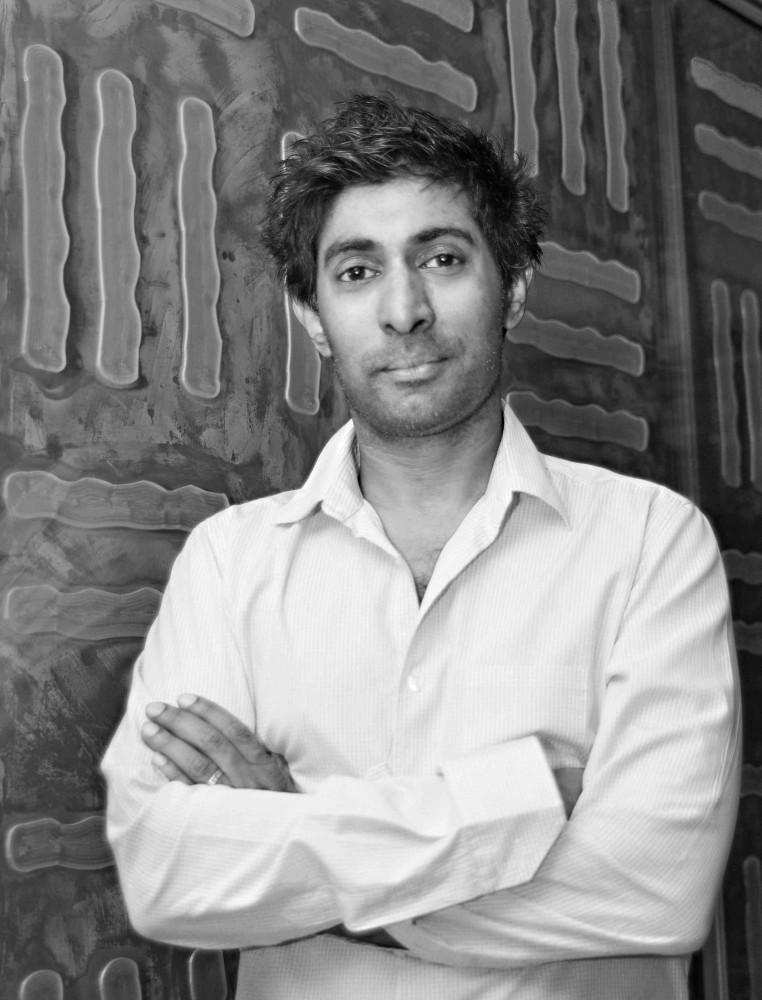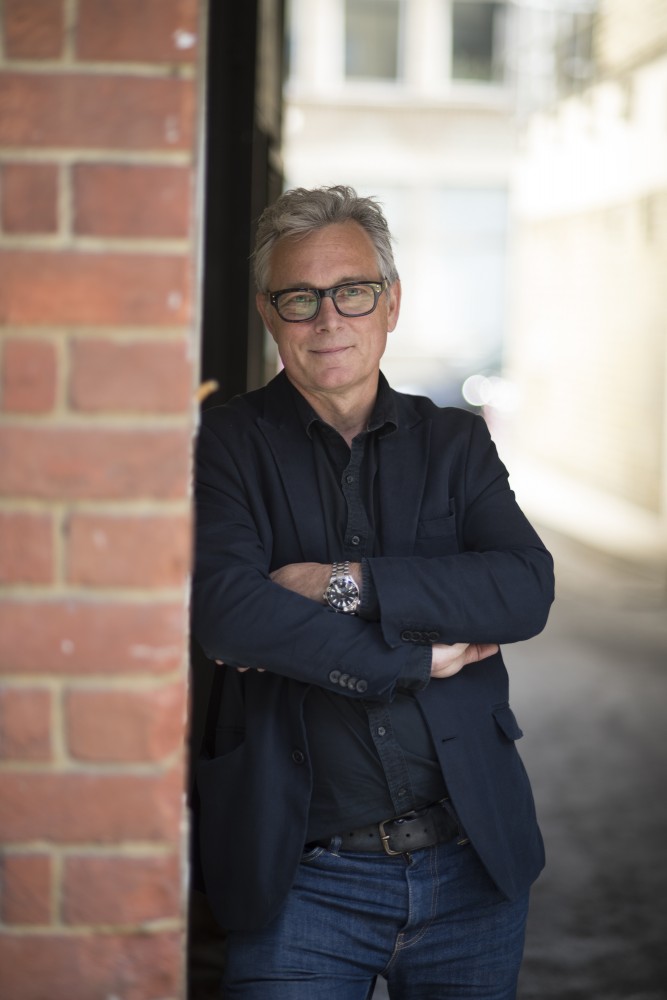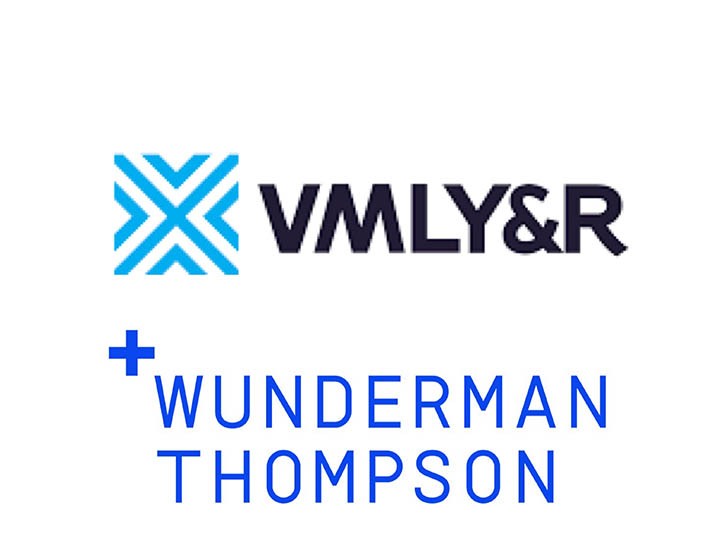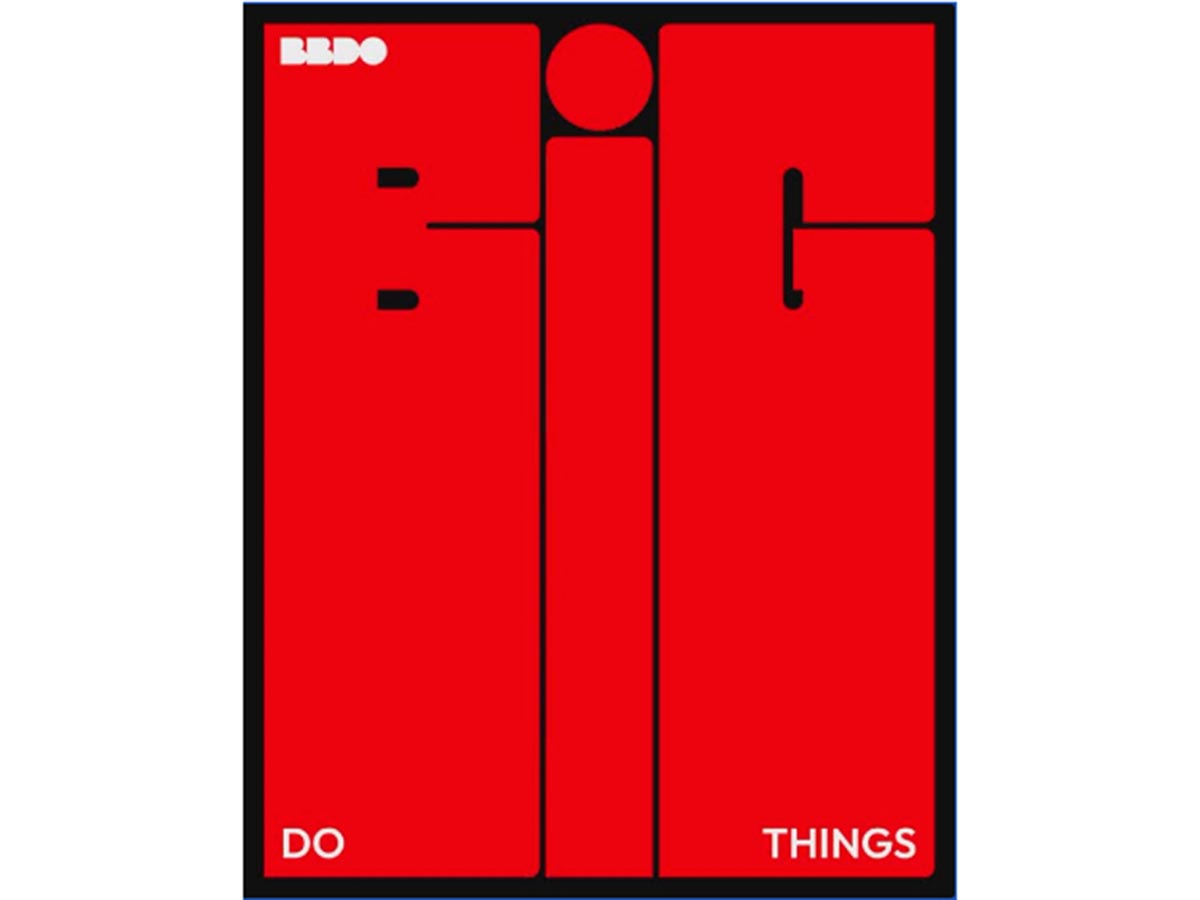News - Advertising
The death of the agency brand
by Iain Akerman
February 13, 2019
.jpg) Advertisement
AdvertisementWhen J.Walter Thompson was merged with Wunderman late last year, the bells began to toll louder than ever for agency brands. If JWT wasn’t safe from the corporate scythe, who was?
Within the space of just a few months, former icons of the advertising world were consumed by new names. For JWT that meant Wunderman Thompson. For Y&R, which had been merged with VML in September, it meant a single global agency network called VMLY&R.
Both acts were born out of a need for WPP to consolidate and simplify the group’s structure.
For those who have dedicated the majority of their professional careers to agencies such as JWT and Y&R, such wanton disregard for agency culture and history must be galling. How can an industry that prides itself on helping brands differentiate themselves have such contempt for its own agencies’ identities?
“I personally think the systematic dilution of what we do best is the reason for this sad state of affairs,” says Paul Shearer, chief creative officer at Impact BBDO. “In English: they stopped making famous work. Take JWT. The rock star ninja of the ad world for decades and more. The trailblazer and original Wieden+Kennedy of the 70s. The work they created was truly famous. Households stopped for their ads and the catchphrases and characters were on the tips of our tongues and in our hearts. Clients adored the brand and what they did for their brands. And did they care if they won a shiny award? Not a jot.

“We are in a Bermuda triangle of change. And we can’t keep running without taking that breath and understanding how much damage we are doing...”—Paul Shearer, chief creative officer at Impact BBDO, Dubai
“Y&R was the same. They didn’t make ads they created work that customers fell in love with. Work that ran strong for 10 years and more. Work that became part of the vocabulary. Catchphrases that ended up in the dictionary. How could a powerhouse that had that much power disappear? It happens with most things in life. A football team or a Hollywood star. Stop rocking the world and nature takes over. For these ad agencies nature was out there too and spotted a crack in their armour and dug its teeth into it. Darth Vader type of nature. The stuff that once it gets in it’s game over. I’m not saying that these agencies didn’t do great work in the 90s and to this day. But my gut tells me the work was just not as famous.”
Why this ‘systematic dilution’ has occurred is open to discussion, but agency brands have been under threat for a while. Their identities have been eroded by client demands for holding company-level integrated solutions, just as the idea of agency brands has been reduced to a quaint, nostalgia-driven fantasy. After all, what does individual character matter in a world of bespoke solutions fusing multiple agencies?
“I’d also like to put forward another factor that fits with the law of unintended consequences,” says Seyoan Vela, executive creative director at Dubai-based Livingroom. “Agencies advise their clients to position themselves in the market against their competition. To stand for something. Advice they decided to not take on board themselves.
“Once there was a clear differentiation between most agencies. There were the safe-pair-of-hands agencies, client service-led wine and dine type agencies. There were temples of planning and the creative networks. Then came the holding company awards at Cannes and all agencies started chasing metal. Putting global energy into creating the type of bogus CSR work that does well at Cannes. Spending time and money on chasing points and obsessing about the Gunn Report. Their end product became more homogeneous, their working practices identical, their management inter-changeable.

“There is more differentiation between football clubs who are playing the same game than there are between agencies who are working for different clients in different markets.”--Seyoan Vela, executive creative director at Livingroom, Dubai
“There is more differentiation between football clubs who are playing the same game than there are between agencies who are working for different clients in different markets. An unrealistic global standard of creativity allied with the idea there was a uniform way of working across different business cultures has ultimately led to agencies becoming the antithesis of what they themselves seek to do – they became commodity products reduced to competing on price.”
In such a world agency identity matters little. Maybe that’s why the unpronounceable nature of VMLY&R is of little consequence, or why agency brands can be disregarded in such a matter-of-fact way.
There is, of course, much more than just agency identity at stake. There’s the belief that mergers can somehow save agencies, or at least reboot them. Anyone who believes this should look no further than the merger of D’Arcy MacManus Masius and Benton & Bowles, says Mark Fiddes, executive creative director at Havas Dubai. “It was compared to the Hindenburg coming to the aid of the Titanic.”
Fiddes once worked for Howell Henry Chaldecott Lury, Campaign’s one-time agency of the decade. Known as HHCL, its fate could also be instructive. It was closed in 2007 after an unsuccessful merger and a name change to United London.
How can this loss of identity and influence be reversed? Is it even possible? Or even advisable? What is certain is that there are independent agencies out there with clearly defined cultures that are quietly smiling to themselves.

“The merger of D’Arcy MacManus Masius and Benton & Bowles was compared to the Hindenburg coming to the aid of the Titanic.”--Mark Fiddes, executive creative director at Havas Dubai
“What must happen now is for us all to bring a halt to proceedings,” says Shearer. “Have a good hard think about where we are going. Why? We are in a Bermuda triangle of change. And we can’t keep running without taking that breath and understanding how much damage we are doing. Then after that, here is my advice. Do what we do best when our creative work is rejected. Go again. And again. Until you get the job done. It’s the only way. Fight back with great thinking.
“Maybe, and I mean maybe, we needed to see the demise of a few greats. Just to shock us back into life. Complacency is something we all fall foul of and it should be something of a warning signal rather than a flatline. I salute the past and wish the future and its new leaders all the best. I hope the industry gets behind them and the media help with positive headlines and encouragement. No one likes to dwell on the negative. No one wanted this to happen. But to resuscitate the situation the power of positive thinking is needed. If somehow these guys can get back to producing work that really captures the heart of the consumers then anything is possible.”



.jpg)





.jpg)




